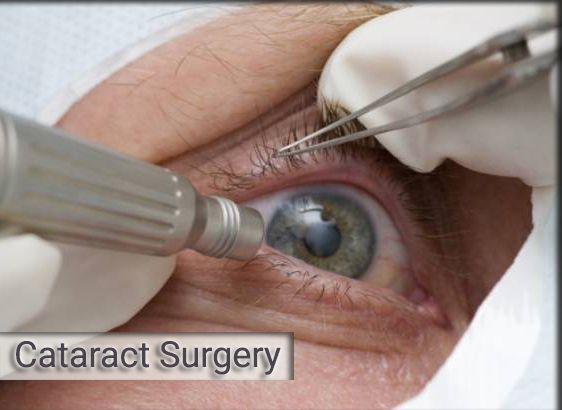LASIK is the most common laser eye surgery to treat myopia (near-sightedness), hyperopia (far-sightedness), and astigmatism. If you are tired of wearing contacts or glasses, a simple consultation with a Lasik surgeon can determine if you are the right candidate for Lasik surgery. If, after an evaluation, it is determined that LASIK is not a good fit for you, know that there are other vision correction surgeries such as LASEK, PRK, and Phakic IOL surgery as possible options too.
In this article, we discuss the process a patient can experience before, during, and after LASIK surgery. Any detailed questions you may have should always be left for your trained medical professional to answer.
Before Surgery
Before receiving LASIK surgery, a comprehensive eye exam is needed to ensure that your eyes are healthy enough to move forward with the procedure. It is recommended to stop wearing contact lenses a few weeks before the eye exam and surgery since most can change the shape of the cornea. Patients should wear their eyeglasses instead.
During the exam, your doctor will look at the cornel shape, thickness, pupil size, refractive errors, and other eye conditions. This is a great time to bring up any questions or concerns that your doctor may be able to answer.
If everything goes well during the exam and you’re comfortable with the next steps, it is time to prepare for surgery. Your doctor should ask you to stop using products such as creams, lotions, makeup, or perfumes since these items can cause a higher risk for infection during and after surgery. It is also important to arrange transportation to and from surgery.
During Surgery
For many, surgery is the most dreaded part. However, there is no need to fear, as it is painless and should take less than 30 minutes. Just before surgery, the patient will recline back to rest in a comfortable position. Next, numbing drops are placed into the eyes. The area around the eye will be cleaned and a lid speculum (a device that holds the eyelids open) will be used.
You will be asked to focus on a special fixation light while the surgeon activates a precision instrument electronically to cut a flap in the cornea. The laser treatment is then performed to reshape the cornea using techniques that vary depending on the type of refractive errors. The corneal flap is then repositioned, allowing for the eye to heal.
Post-Op Instructions
Once the surgery has been completed, the first sensation you may feel is itching or burning; however, this is only temporary discomfort and will resolve soon. A brief examination will be performed shortly after the procedure, and subsequently, you will be sent home, accompanied by your appointed driver.
Your vision may seem blurry or hazy at first, and you may feel that you want to rub or itch your eyes. You mustn’t touch your eyes during this recovery time as they are healing. Rubbing your eyes could cause the flap to dislodge, which could require further treatments. A shield is recommended to place over your eyes for protection from additional elements and light sensitivity.
A follow-up appointment with your doctor will be scheduled 24 to 48 hours after the initial surgery. Subsequent check-ups will also be planned throughout the next six months.
Rohr Eye & Laser Center offers the most advanced technology available to suit your lifestyle and visual needs. As a leader in laser vision correction and cataract surgery, our goal is to help you achieve the best vision possible without glasses or contact lenses. More information can be found online at https://michiganlasik.com.
